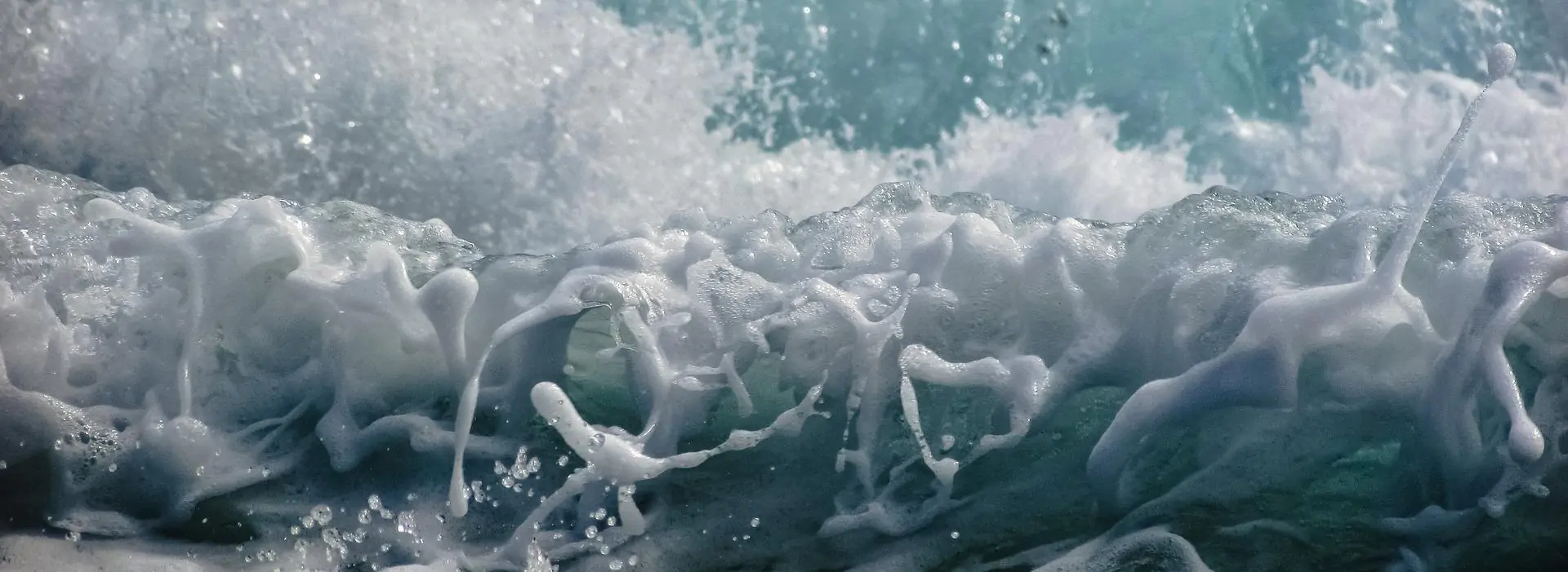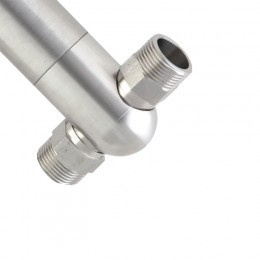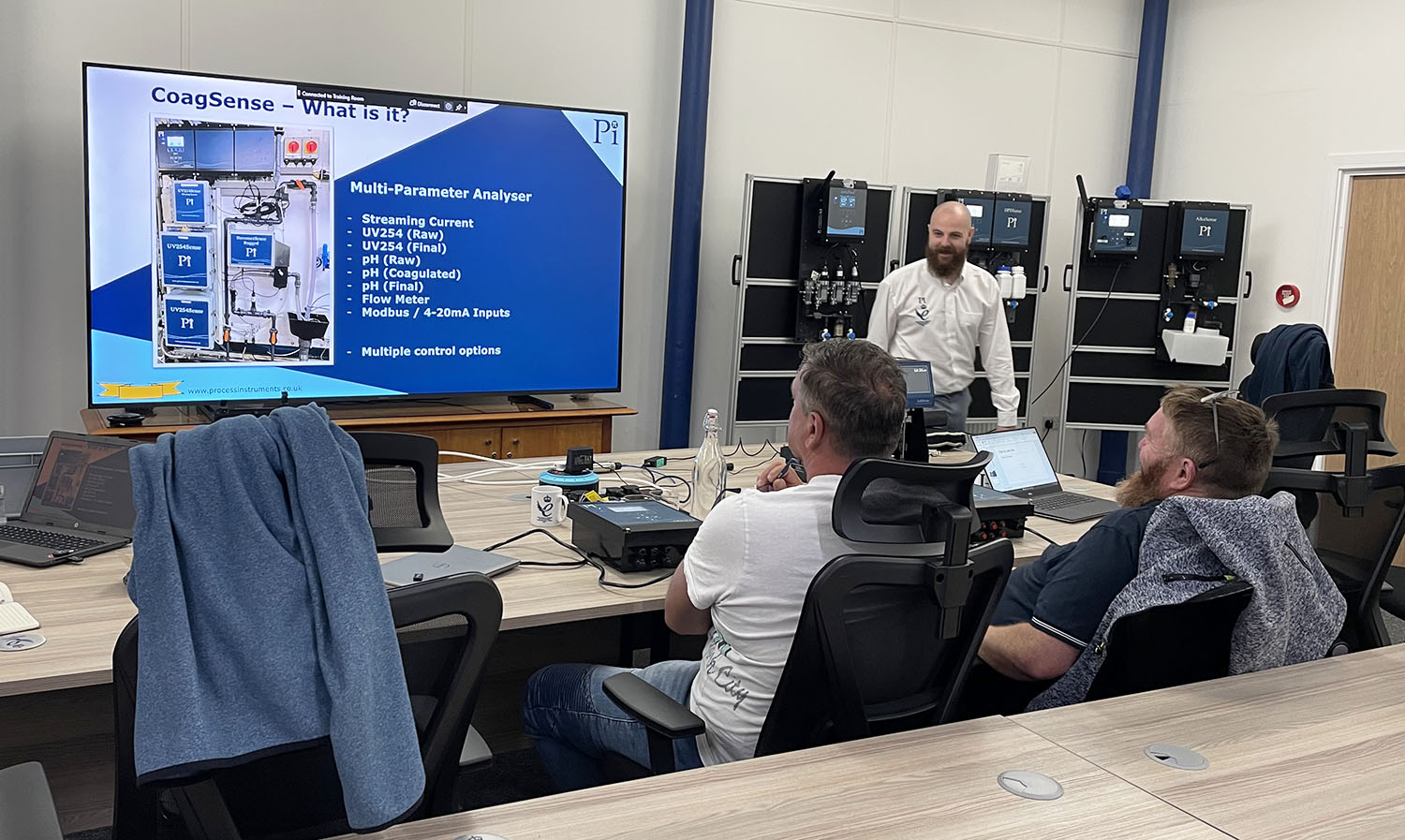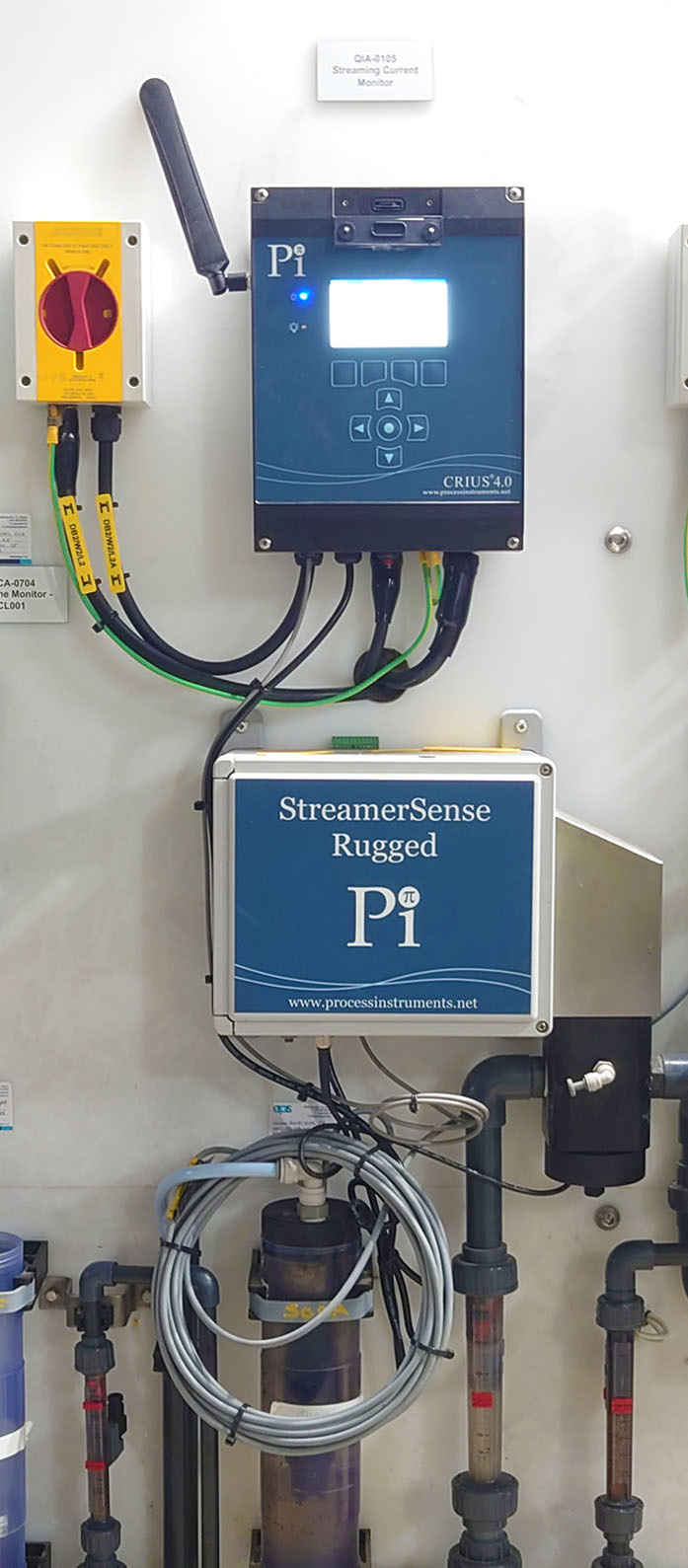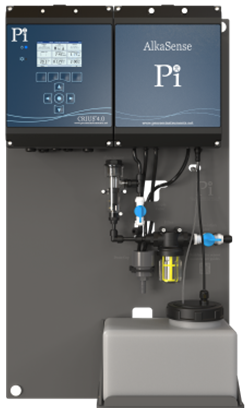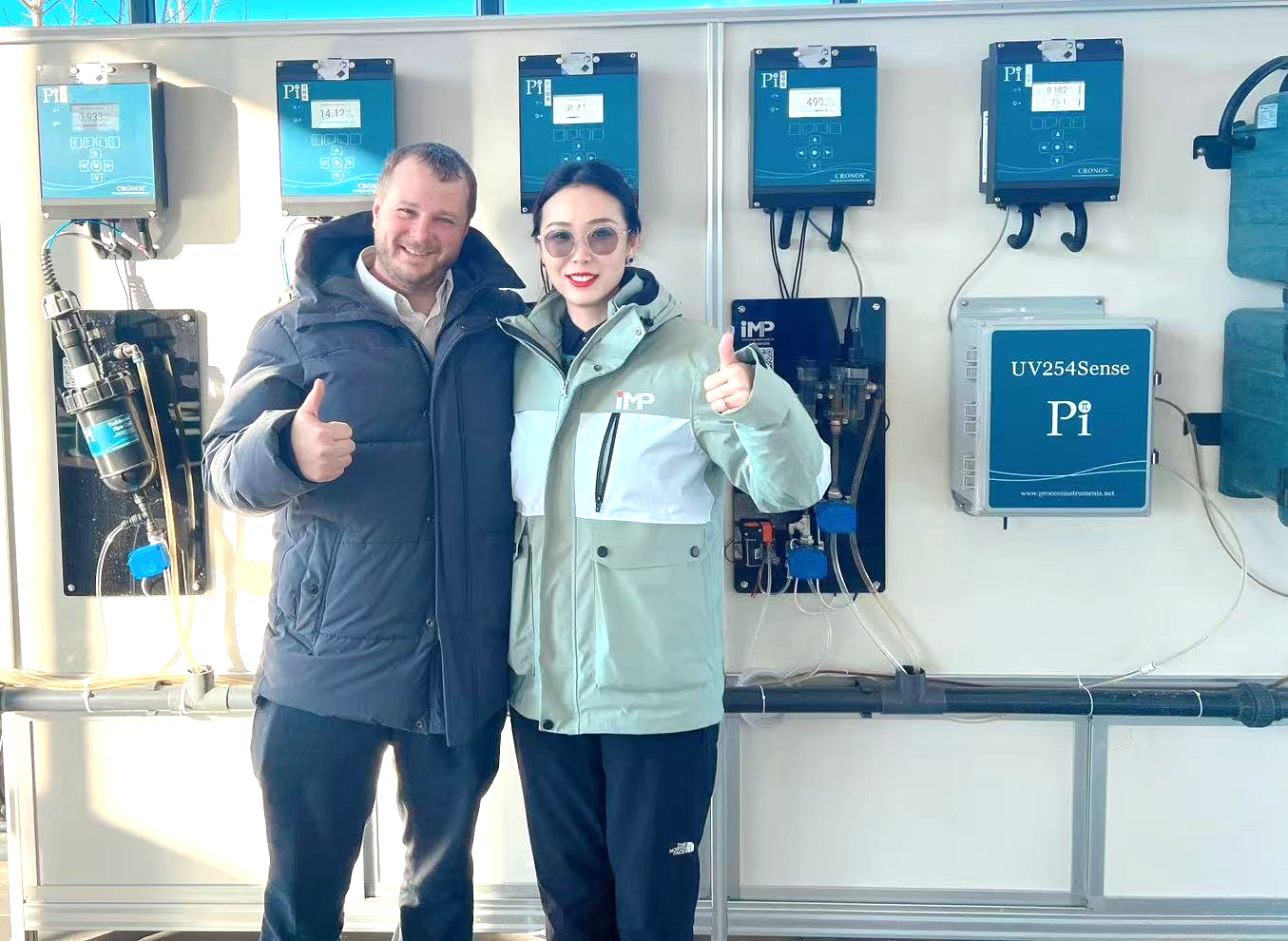There are many Turbidity Meters and Suspended Solids analyzers on the market but Pi has recently launched one with a difference!
What’s the Difference?
The difference is that it isn’t just one, The SoliSense is a probe that incorporates multiple measurements in a single sensor which allows the probe to measure all the way from low NTU to percent solids.
Many applications require a specific range, for example, filter monitoring on a water treatment works requires a turbidity meter to measure 0-5 NTU. A specific application with a specific range. Find out more about Pi’s Turbidity Meter
On the same treatment works, what of the inlet monitor? It could be as low as a single figure NTU but could also be many hundreds of mg/l and it is here the compromises start. Do you select an instrument that is accurate at low NTU or high mg/l? The SoliSense means that you don’t have to compromise at either end! Across all markets there are many such applications that require a sensor to be able to measure across a range of solids that would previously have meant buying multiple sensors or even multiple analyzers.
The SoliSense does this by utilising a multiple emitter and detector sensor array that looks at forward scattering of light, side scattering of light (Nephelometry – transmission of light) and back scattering of light, all in the same sensor.
A big concern for the development team at Pi was the answer to the question ‘can a multiple sensor probe be as good at each measurement as a dedicated sensor probe?’ Well, the good news is that the data back from SoliSense shows that it can!
The SoliSense is set to greatly reduce the cost of measuring variable solids in water samples and with its integrated self-cleaning mechanism, and its award-winning electronics the SoliSense is set to change the way people think about solids in water.

